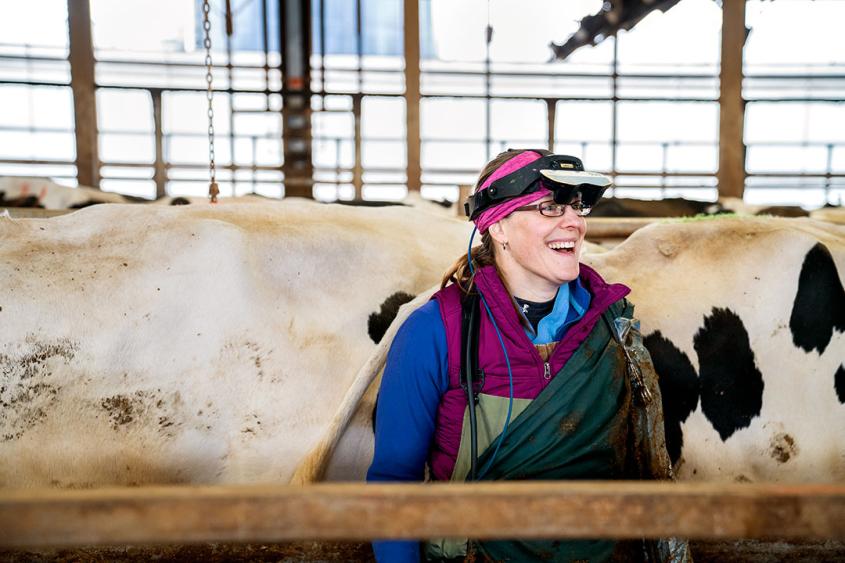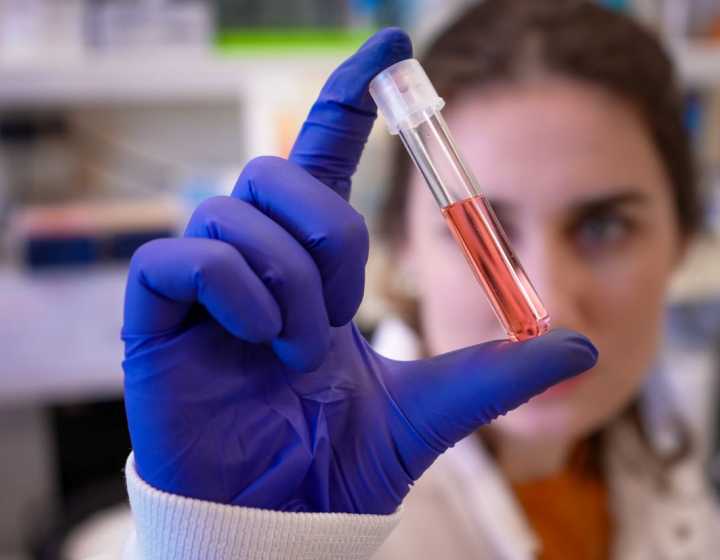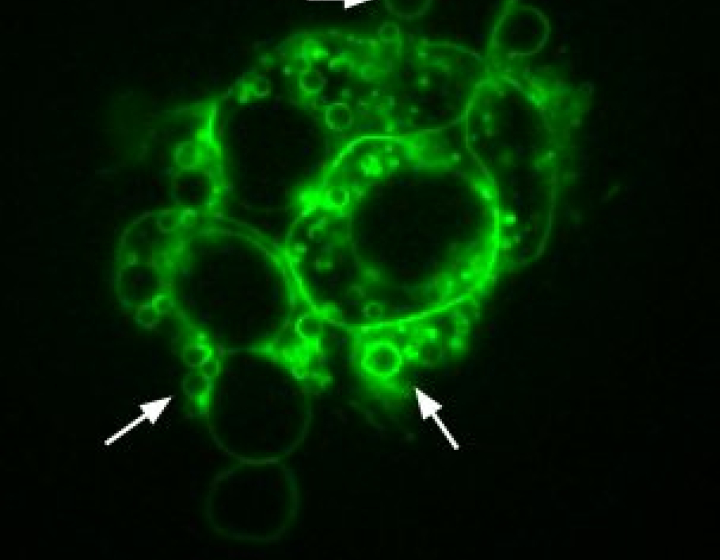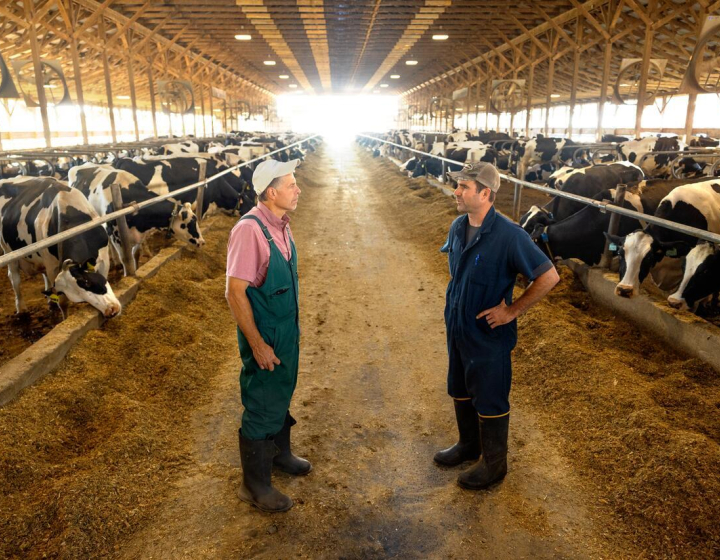Guardians of food and table: CVM keeps New York agriculture safe
Farmers aren’t the only ones who get up with the chickens. Cornell veterinarians see a lot of sunrises as they head out along country roads to visit farms from Watkins Glen to Skaneateles—and quite a few sunsets as well.
During these long hours, the staff of Cornell’s Quality Milk Production Services (QMPS), the Ambulatory and Production Medicine Clinic group, and extension veterinarians visit hobby farms, large-scale dairy operations, and everything in between to support New York farmers. Whether they are consulting on farms, conducting cutting-edge research or training the next generation of production veterinarians, the Cornell University College of Veterinary Medicine has an outsized effect on animal-based agriculture in the state.
“We are geographically blessed,” says Daryl Nydam DVM ’97, Ph.D. ’02, professor and director of QMPS. “Within an hour’s drive of Cornell there are about 100,000 lactating cows. Because we work intimately with the farmers around here, we identify real farmer and consumer-based needs and do top-shelf, peer-reviewed science, then turn that back around and put it into action on farms.”
Cream of the crop
When most people think about animal-based agriculture in New York, they think about dairy. There are approximately 5,000 dairy farms in the state, which in 2015 hired around 20,000 people and brought in $2.5 billion in direct farmgate sales. New York is first in the nation in the production of yogurt, cottage cheese and sour cream, and ranks third in milk sales.
For all questions related to milk, QMPS serves as a resource for dairy farms statewide. They operate four laboratories, strategically located in Ithaca, Cobleskill, Canton and Warsaw, which places them within an hour’s drive of about two-thirds of the state’s 600,000 cows. Their primary goals are controlling disease, optimizing milk production and ensuring judicious antibiotic use in dairy cows. They offer comprehensive milking assessments on farms, as well as a courier service that collects milk samples to test for a common udder infection called mastitis. Cows with mastitis often require antibiotic treatment, which renders the milk unfit for sale.
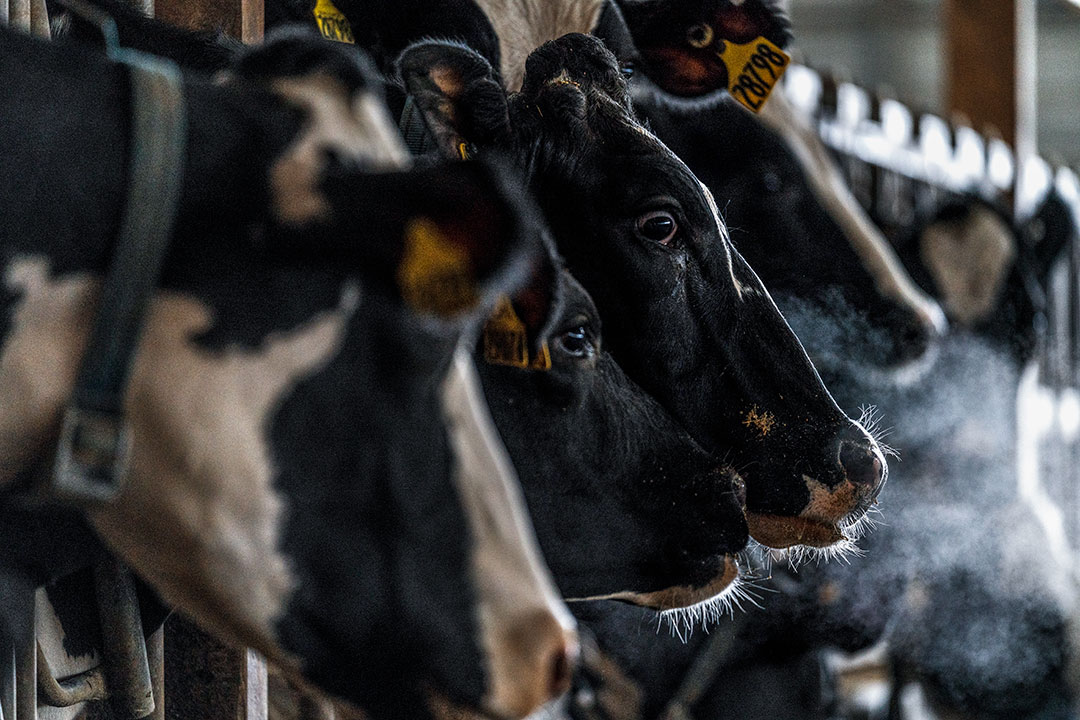
As both consumers and government regulatory groups have called on farms to reduce antibiotic use, Cornell researchers have begun looking for smarter ways to approach mastitis treatment. In some cases, using no antibiotics is the smartest option—Nydam has found that only about one third of all mastitis cases require the drugs. For many cows, the infection will clear up on its own, or the offending bacterium is not one that can be cured with antibiotic treatment. Farmers that use the QMPS diagnostic service or a similar service can reduce antibiotic usage by 60 percent, and dump less milk with antibiotic residue.
QMPS veterinarians also help farmers come up with management strategies that cover everything from worker training to milking parlor efficiency. Paula Ospina DVM ’03, Ph.D. ’12, an extension veterinarian with QMPS, offers trainings in Spanish, as the majority of dairies hire Spanish-speaking employees, many of whom are immigrants from Central American countries.
“We really look at the whole farm system and work through big challenges on farms,” says Nydam.
On-farm solutions
On the way to a recent QMPS extension survey at Twin Birch Farms outside of Skaneateles, it’s early enough, but too cloudy to see the sunrise. Matthias Wieland, an extension associate in the Department of Population Medicine and Diagnostic Sciences, Kerry Case, an extension aide with 25 years of experience, and Valeria Alanis Gallardo, a graduate student in animal sciences, have arrived in time for the morning milking. They will perform a comprehensive assessment of the farm to ensure that healthy cows are producing safe, quality milk. While trying to stay out of the way of the lightning-fast workers, the team checks the vacuum levels and massaging action of the milking units, times the milkers to ensure that the cows receive enough stimulation to start the milk flowing and checks hundreds of teats for cleanliness and good health.
As a break from the hectic pace of the milking parlor, Wieland walks every cow pen. He’s checking that the cows have sufficient bedding so that when they lay down, waste goes into the alleys, where it won’t come into contact with their teats and potentially lead to mastitis. He is pleased to see rows of well-positioned cows lying on a cushy layer of bedding.
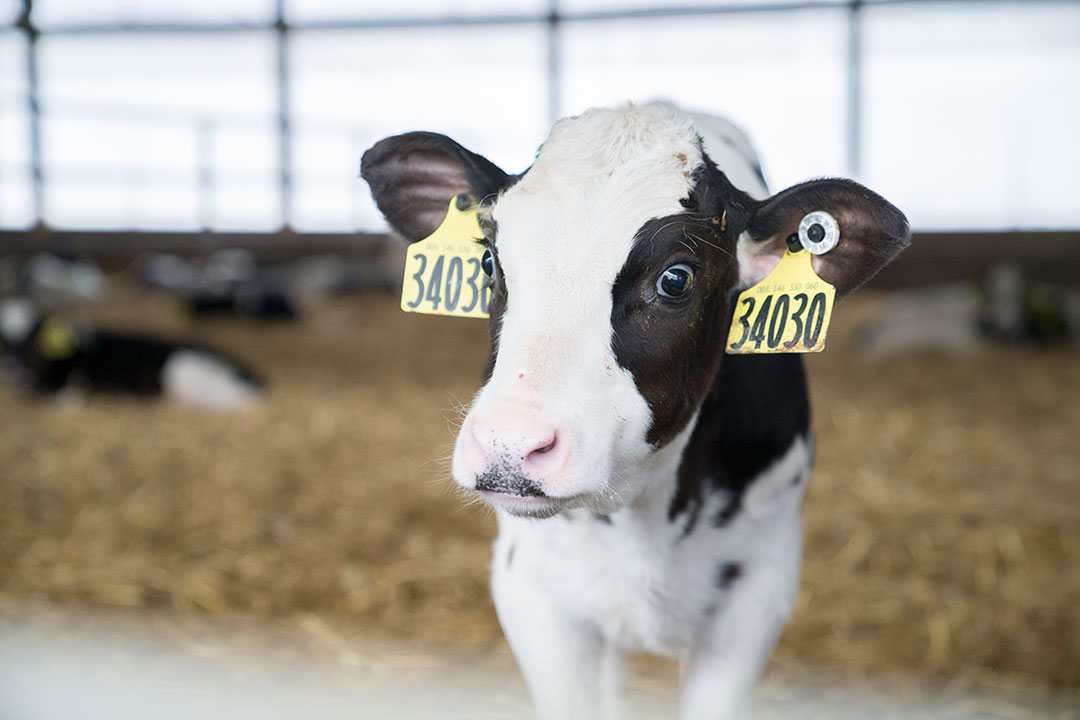
The team also carefully dips into the stainless steel milk tanks for a sample to screen for organisms that cause mastitis, such as Staphylococcus aureus and mycoplasma species. Later, after all the results have been analyzed, Wieland will meet with the herd manager and give recommendations for any areas where the farm could increase efficiency or reduce disease risk.
For farmers who want to monitor mastitis-causing organisms through their own on-farm testing, Rodrigo Bicalho Ph.D. ’08, associate professor in the Department of Population Medicine and Diagnostic Sciences, has founded a company called FERA Animal Health that provides veterinarians and farmers with a simple, overnight test. “Our product allows the dairy farmer to quickly and accurately identify the 33 percent of cows that should be treated and at the same time, surveys the herd for dangerous pathogens,” says Bicalho. “This alone can save the use of literally tons of antibiotics.”
Bicalho also founded a startup company called Bactana Animal Health that is developing a bacterial strain that can colonize the guts of newborn calves to protect them from harmful bacteria, while also promoting growth. In clinical trial, calves that received the bacterium, named Faecalibacterium prausnitzii, had lower rates of diarrhea and death and gained about 13 percent more weight than untreated calves. Bicalho estimates that the product will be on the market in three to four years.
Creatures great and small
For all other production animal health problems, local farms can rely on Cornell’s Ambulatory and Production Medicine Clinic. With students in tow, these veterinarians help with difficult deliveries, perform pregnancy checks and treat common cow issues like a displaced stomach and a metabolic disorder called ketosis. Along with seeing individual patients, the vets also make recommendations for improving whole herd health. About 85 percent of their work focuses on dairy cows, but they also treat horses, backyard pigs, sheep and goats from fiber and dairy farms, and even the occasional camel or emu. The clinic sees more than 51,000 patients on farms each year.
Jessica McArt DVM ’07, Ph.D. ’13, assistant professor in the Department of Population Medicine and Diagnostic Sciences and section chief of the Ambulatory and Production Medicine Clinic, enjoys the incredible variety in her job. “We get to do a whole range of things, from helping 4-H kids grow up with animals to making management plans for an entire herd, as well as ensuring a good, safe and wholesome food source in the way of milk.”
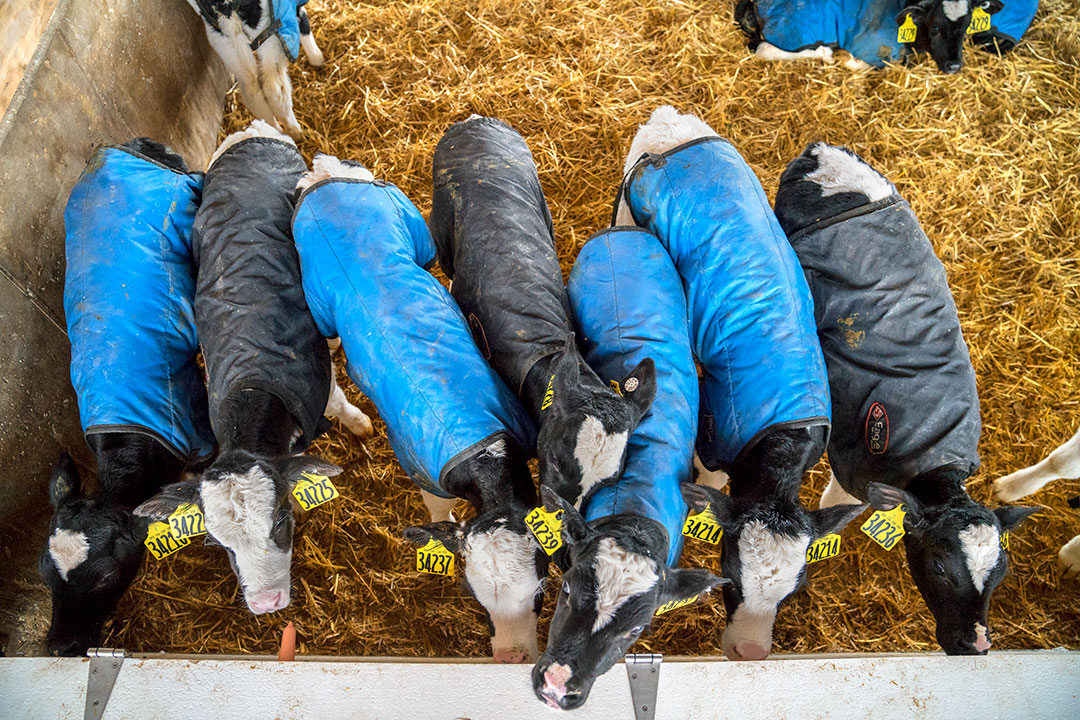
Sunnyside Farm, a dairy in Scipio Center, N.Y. with 4,400 cows, has used the ambulatory service for its primary veterinary care since 1995. “The role of the vet isn’t just palpating cows and responding to emergencies,” says owner Neil Rejman ’97. “A large part is meeting with the herd manager to discuss biosecurity and herd health.” In the past two decades, many students and residents have visited the farm for training. McArt was once a student on the farm. Rejman even happened to meet his wife, Elizabeth, while she was an intern for the ambulatory clinic.
Rejman also makes his cows available for research, which has the potential to benefit both his farm and the industry in general. Cornell faculty work with several local farms for research projects on milk quality, animal nutrition, zoonotic diseases, mastitis prevention and lameness detection, just to name a few. One recent study, conducted at Sunnyside Farm by McArt, found that supplementing cows that have just given birth with calcium to prevent hypocalcemia, or “milk fever,” which occurs when blood calcium levels drop, was unnecessary with modern nutrition. Rejman estimates that he now saves up to $15,000 each year by cutting out calcium supplements. With farmers facing low milk prices three years in a row, any cost-saving measure can help.
Good eggs
Dairy isn’t the only significant agricultural operation in the state. New York is home to 10 commercial egg-laying operations, 350 smaller broiler and egg farms and countless backyard flocks. Small farms that specialize in organic and pasture-raised eggs and broilers fill an important niche market in the state. The New York poultry industry produces approximately $86 million of processed poultry products.
Disease outbreaks are few and far between in the biggest poultry operations, thanks to advances in breeding and the extensive use of vaccines, some of which were developed at Cornell, says Jarra Jagne DVM ’90, a senior extension associate in the Department of Population Medicine and Diagnostic Sciences. Jagne leads the Avian Health Program, which provides disease testing, telephone consultations and extension services for flocks of all sizes. The program also includes a duck research laboratory led by Gavin Hitchener for production of duck vaccines located on Long Island, N.Y., which was once a major duck farming area.
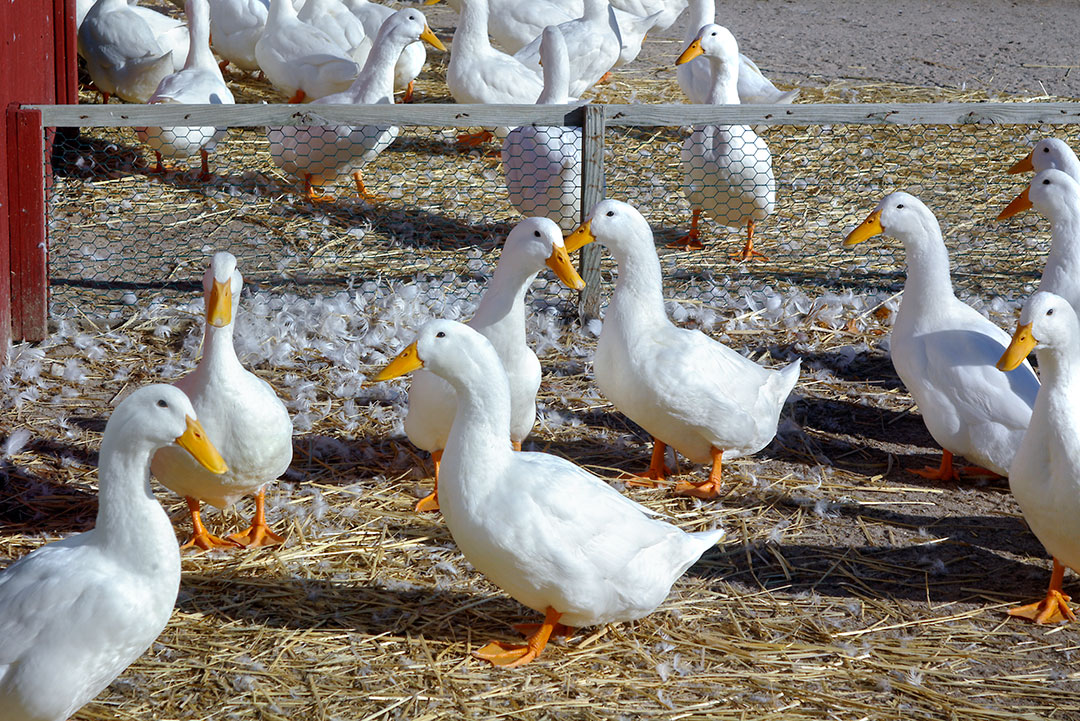
Salmonella enteriditis is the main disease concern with chickens because they can transmit the bacteria to humans through eggs, causing severe food poisoning and occasionally death. The Animal Health Diagnostic Center (AHDC) on campus screens for the bacterium on all farms with more than 3,000 egg layers, in accordance with Food and Drug Administration guidelines.
The program also monitors farms and necropsy submissions for avian influenza. Birds are the main host for avian influenza, but some strains jump species and cause severe illness and death in humans as well. In Jagne’s time, there have been no avian influenza outbreaks in the state, though occasionally the AHDC detects the less-virulent strains in poultry sold at the live bird markets in New York City. They screen about 2,750 samples from these markets annually.
This dedicated surveillance is a wise investment; an avian influenza outbreak would wreak havoc on the New York poultry industry. “In 2015 in the Midwest there was a devastating outbreak of highly pathogenic avian influenza and 48 million birds died or had to be destroyed,” says Jagne. The U.S. government spent close to $1 billion to control the outbreak. “We stay on high alert all the time.”
The Cornell network
Cornell’s biggest impact on animal-based agriculture in the state is likely to be the steady stream of highly trained veterinarians who are tapped into the most current research. Half of all veterinarians in New York graduated from the Cornell College of Veterinary Medicine, and along with owners and herd managers who studied animal science at the university, these alumni form a strong network for sharing information and ideas.
Michael Capel ’96, DVM ’00, a dairy veterinarian practicing in Perry, N.Y., stays active in this network by hosting student interns and participating in research on mastitis and ketosis with Cornell faculty. He also serves as chairman of the advisory board for QMPS and is a member of the College of Veterinary Medicine Advisory Council. “As a practitioner just two hours away from Cornell, I think it’s a wonderful resource, not only to have students, but also for continuing education and the friends that I have there, which helps me serve my clients well.”
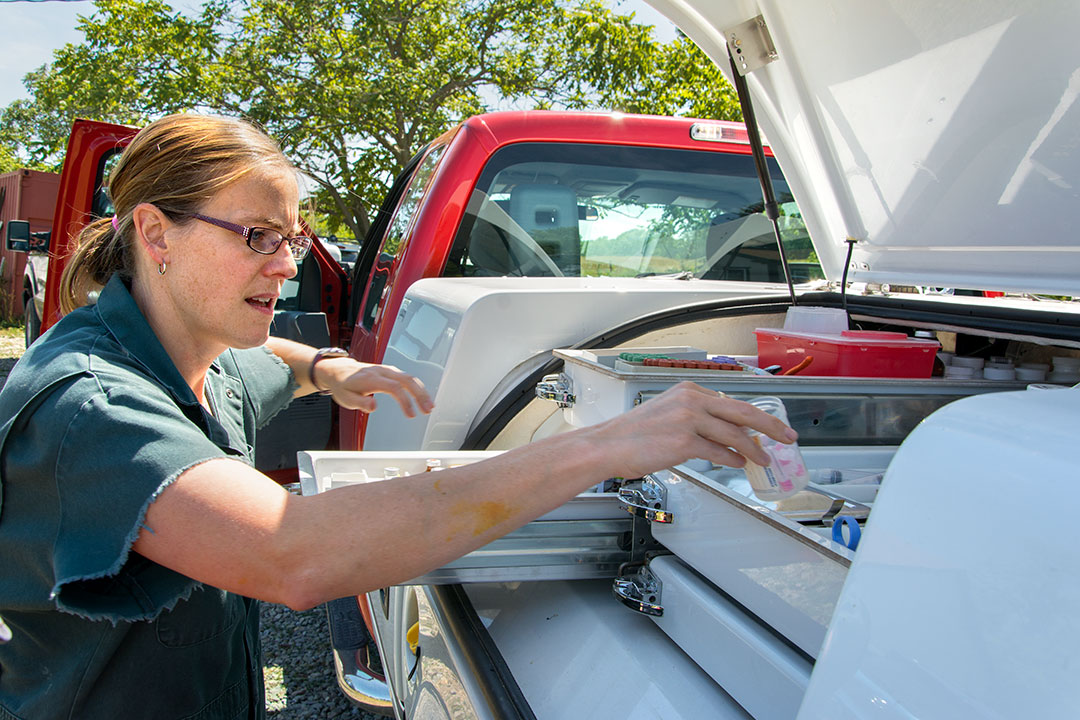
Cornell faculty, students and alumni also contribute to a culture that supports agriculture in myriad smaller ways. Each year at the Great New York State Fair in Syracuse, veterinary students are on deck at the Dairy Cow Birthing Center, ready to answer visitors’ questions as they watch the birthing process. Many veterinarians also volunteer with local 4-H groups. Blake Nguyen DVM ’12, director of Cornell’s Teaching Dairy Barn, gives tours at this state-of-the-art dairy facility to visiting groups, such as Girl Scout troops, dairy consultants from China and Cornell alumni.
Isabelle Louge ’14, DVM ’18 works at the Teaching Barn, where in 2016 she served as the student chief. She oversaw the milking workforce and offered training and advice on proper procedures—a skill that will serve her well as a dairy veterinarian. During her time at the college she has conducted research on hypocalcemia, attended Cornell’s Summer Dairy Institute and spent six weeks going out on calls with the ambulatory service.
Louge fell in love with cows while volunteering on farms in the Ithaca area where she grew up, and is excited that being a dairy veterinarian will let her work with individual patients while also making recommendations at the farm level that can have a positive impact for thousands of cows.
When she graduates in May, Louge will join the vast network of Cornell alumni in the state. She already has a job lined up with Bentley Veterinary Practice in the Hudson Valley where she’ll work with livestock on farms of all sizes. “I really like the idea of being able to help the farmers have a good year so that they can make more investments that benefit their cows and their families,” says Louge.
The rise of backyard poultry
Households across New York state are installing chicken coops and raising their own farm-fresh eggs. But with the rise of backyard flocks has come the return of poultry diseases once thought to be under control.
Backyard chickens don’t receive the same vaccinations or veterinary care as in commercial operations, because most poultry veterinarians work for large companies. “When I was in vet school, no one cared about chickens as patients,” said Jarra Jagne DVM ’90, a senior extension associate in the Department of Population Medicine and Diagnostic Sciences. “But chickens have become the new pets and there are lots of vets who have little knowledge about chicken diseases because it was not a part of the curriculum.”
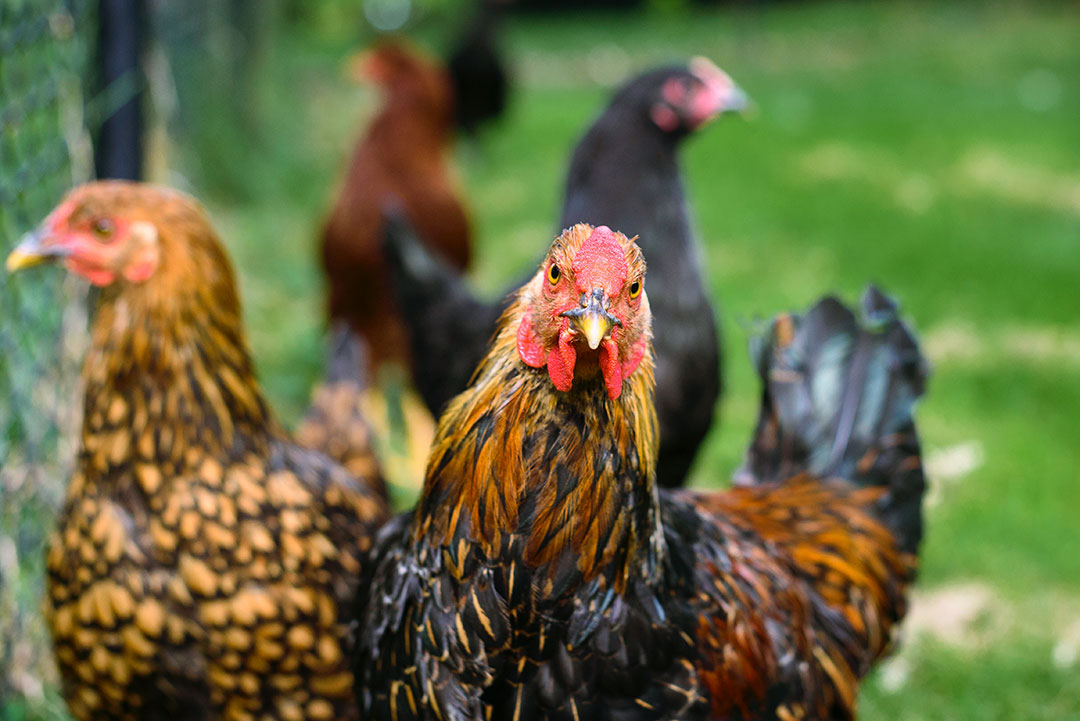
Jagne diagnoses many chickens with preventable infections, such as Marek’s disease, a highly contagious tumor virus which is avoidable through a vaccine developed by emeritus faculty Bruce Calnek DVM ’55 and Karel Schat Ph.D. ’78. Backyard flocks may also carry Salmonella, but without testing, no one knows whether they pose a human health risk.
Jagne collaborates with Cooperative Extension county educators and serves as a resource for backyard poultry owners. She also teaches a course on poultry medicine and gives invited lectures in the hope that all veterinary students will leave Cornell with at least a little poultry knowledge.
By Patricia Waldron
This article originally appeared in the Spring 2018 'Scopes Magazine.



